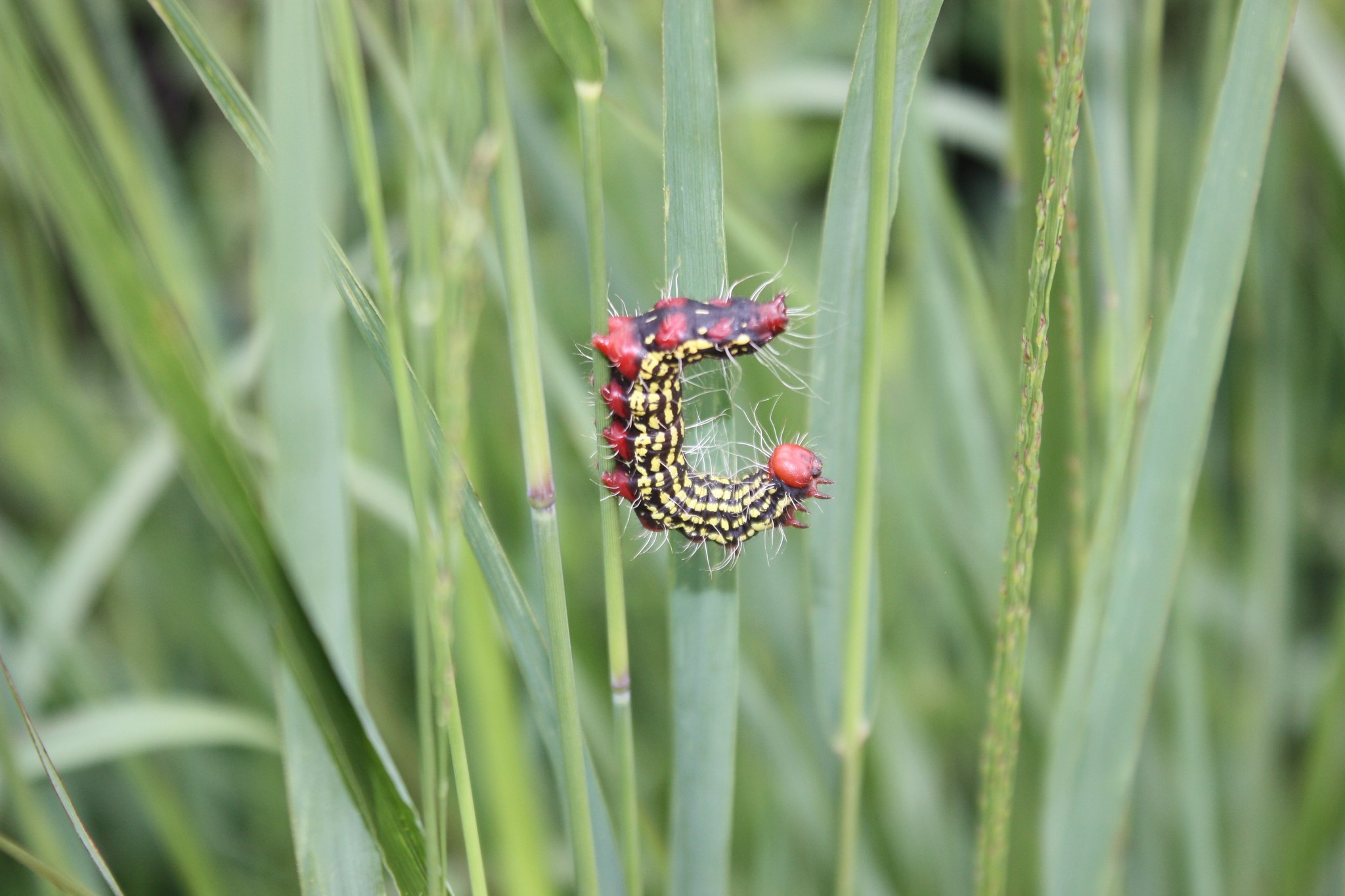From Wired: Recording the Mysterious Calls of Summer Insects
Yet for all their ubiquity, these creatures -- taxonomically grouped as Orthoptera, the calling insects -- are little appreciated. Bees are beloved for their industry, butterflies for their beauty and even ants for their social intricacy, but Orthoptera has few devotees. We hear them but don't know them.Read more
It's a blind spot that extends even to science, where Orthopteran species distributions and population trends are poorly described. Entomologist Sam Droege of the United States Geological Survey hopes you can change this. Using iNaturalist, an online citizen science platform, he's launched the Atlas of North American Calling Insects.
Anyone with a smartphone and a SoundCloud account can sign up to submit their Orthoptera observations, and it's not even necessary to photograph the insects. Just use your phone to record what you hear, send in the audio, and somebody will identify it. If enough people participate, they can turn the sound of summer into a valuable scientific resource.







